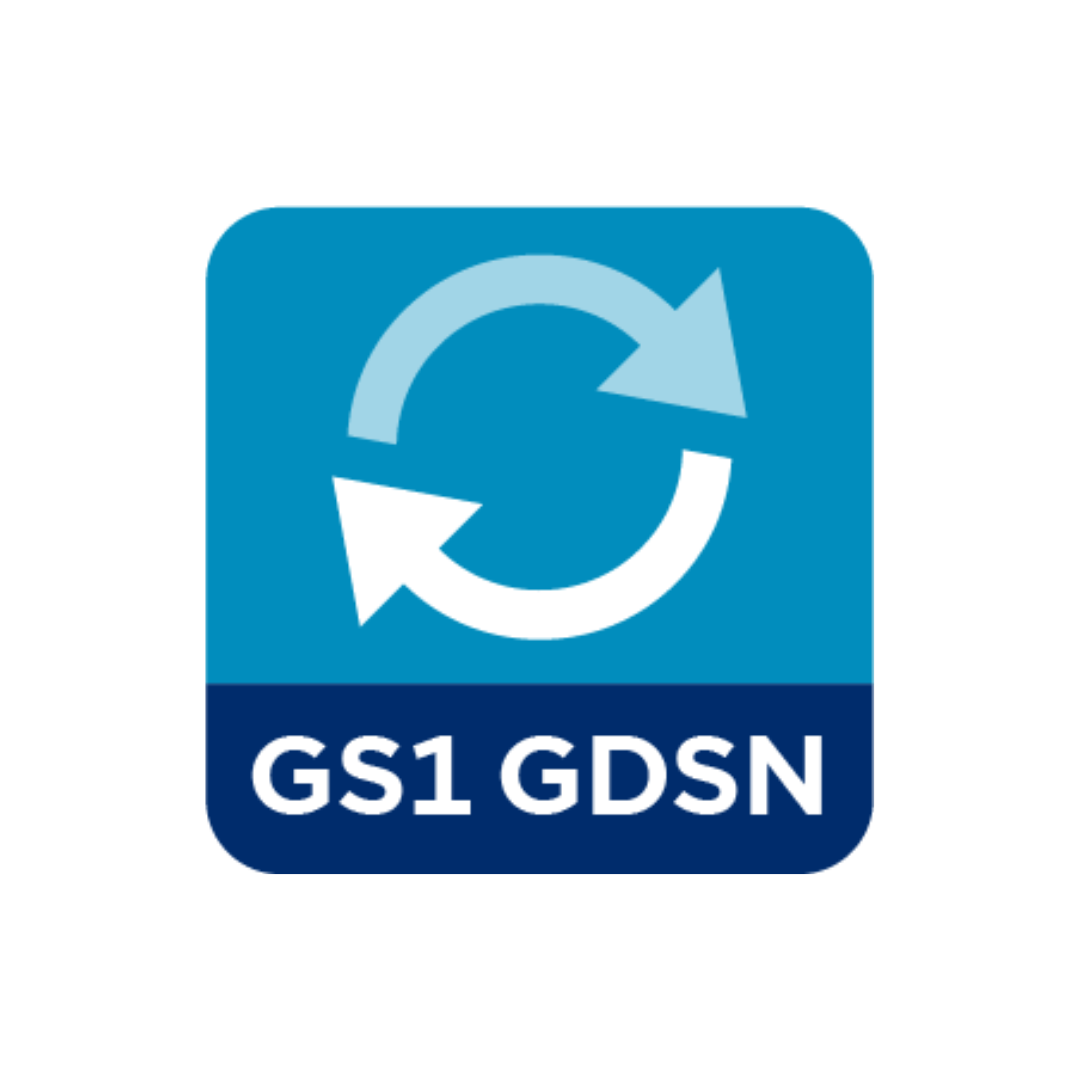Introduction The retail and healthcare industries are undergoing a profound technological transformation. At the forefront of this revolution are 2D barcodes and the Internet of Things (IoT), technologies that are reshaping how businesses operate, interact with consumers, and manage their supply chains. 2D barcodes represent a significant leap forward from their one-dimensional predecessors. These advanced […]
Introduction As companies strive to deliver seamless customer experiences across multiple channels, two solutions have emerged as indispensable tools: Product Information Management (PIM) and Digital Asset Management (DAM). While these solutions share some similarities, they serve distinct purposes in digital commerce. Let us compare the key differences between PIM vs DAM. As businesses expand their […]
Introduction The healthcare sector faces unique challenges in managing vast amounts of product data. From medical devices to pharmaceuticals, the sheer volume and complexity of information can be overwhelming. Enter the Global Data Synchronization Network (GDSN), a game-changing solution transforming how healthcare providers manage and utilize product information. GDSN emerges as a beacon of hope […]
Introduction Business partnerships today have grown incredibly complex. Walmart manages a network of 100,000 business partners while BMW works with 12,000 suppliers. Companies face unprecedented challenges in handling these big business relationships. The biggest problem shows up in IT spending – 40% of the budget go toward fixing existing technology issues. A hybrid integration platform […]
Introduction With an ever-growing number of sales channels, customer touchpoints, and global markets to cater to, product data management can quickly become overwhelming without the right tools. This is where a Product Information Management (PIM) solution becomes essential Key Takeaways PIM (Product Information Management) centralizes and organizes product data, ensuring consistency and accuracy across all […]





